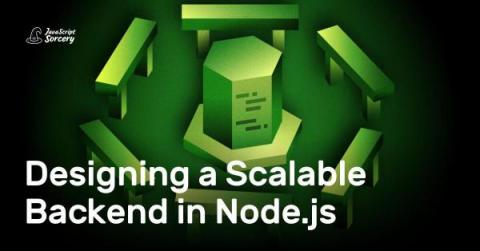Create and Open A Modal in Phoenix 1.7
Phoenix 1.7 came out this year with a whole host of exciting features, including verified routes and some great built-in Tailwind components. These components are a fantastic start, but they are not made to be a fully general design system. We should expect to modify components to fit our specific needs. However, knowing where to start can be difficult. In this three-part series, we'll take a fresh Phoenix app and create a working UI using generated components.











